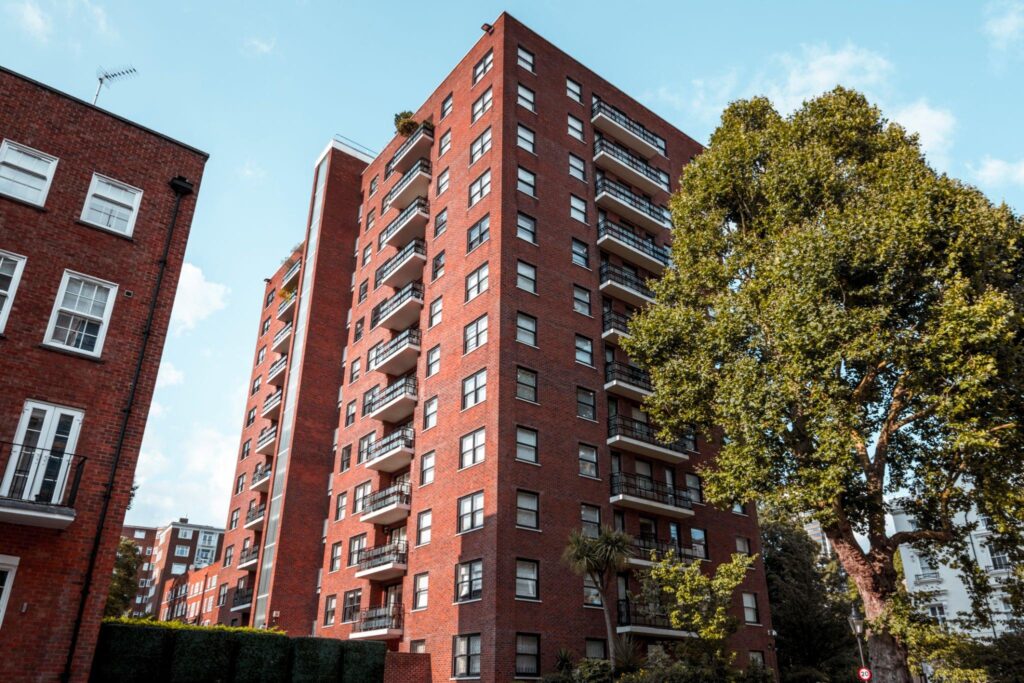Cities Turning to Incentives to Boost Affordable Housing
The issue of affordable housing isn’t a new one. Local municipalities have made it a priority for as long as many of us can remember. Yet despite all of the efforts put forth by governments and the private sector, there seems to be an ongoing lack of affordable housing just about everywhere you go.

The problem is certainly very real in Salt Lake City, Utah. Despite being in a housing boom fueled by above-average economic growth, there just isn’t enough affordable housing to go around. This has led the city to put up some $10 million in affordable housing incentives. City officials hope that builders who would otherwise be reticent to build affordable housing might be swayed to change their minds.
Salt Lake City isn’t alone, either. Many other cities around the country have an adequate stock of luxury housing but too few affordable housing options. Generally speaking, it comes down to market forces. Builders concentrate on projects that will generate the most profits. Affordable housing doesn’t fit the bill.
Changing Their Minds with Incentives
Incentives are a way for local leaders to help encourage builders to change their minds. The incentives work much the same way as tax incentives aimed at bringing new businesses into town. Give builders a way to keep profits stable while still building affordable housing and maybe you will get them to choose your city for that next project. At least that’s the thinking.
Incentives seem like a good idea on the surface. In the end, they sometimes prove to be very worthwhile. Yet it is not wise to simply assume that any and all incentive programs are appropriate. Some of them flat-out don’t work.
One of the big issues with affordable housing incentives is their size. Salt Lake City is working with about $10 million. That seems like a lot until you consider just how much builders spend to put up new homes, apartment buildings, and condos. In addition, even $10 million doesn’t go very far when you’ve got multiple builders competing for it.

Grants are Another Option
There are situations in which affordable housing incentives just aren’t practical. In such cases, Salt Lake City’s CityHome Collective explains that grants are another possibility. The grants are offered to lower-income earners to help them get into houses they otherwise would not be able to afford.
In places like Salt Lake City, leaders could encourage builders to keep doing what they are doing with the understanding that some local residents living in smaller, less expensive homes will opt to move to new properties. Grant money can be directed at helping those in need of affordable housing buy up the vacant older stock.
Plenty of other cities have used this model as a means of making housing more affordable and simultaneously revitalizing older areas of town. The Church Hill neighborhood of Richmond, Virginia is a great example. A city revitalization program there has resulted in many old houses being rebuilt, encouraging millennial homeowners to move in with the assistance of government grants. By most measures, the program has been quite a success.
Creative Solutions are Needed
While some cities are turning to incentives to encourage builders to focus on affordable housing, others are looking at grant programs aimed at buyers. Both types of programs clearly illustrate the fact that creative solutions are needed right now. If we cannot find a way to make housing more affordable, fewer people will be able to purchase while available housing stock ends up being concentrated in the hands of those who have means.



Average Rating